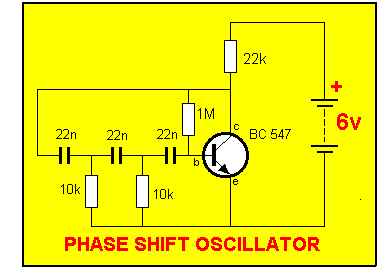Here's a simple one:
What else can I help you with?
What is the difference between BJT and NPN transister?
Mainly there are two types of transistors. They are BJT (Bipolar Junction Transistors) and FET(Field Effect Transisters). In BJT, there are two types called PNP and NPN. Actually NPN means a BJT transister.
What are the two main types of transistors?
The two main types of transistors are bipolar junction transistors (BJTs) and field-effect transistors (FETs). BJTs operate by controlling the flow of current via two types - NPN and PNP. FETs control current flow using an electrical field, with types including MOSFETs and JFETs.
What are the Similar transistor for 221334 PNP transistor?
Similar to a 2N3906 PNP transistor
Why the gain of pnp transistor is low?
it doesn't have to be. depends on design of amplifier using transistor.
What are the functions and empowerment of PNP as per PNP laws?
pnp and npn transistor
About A1015 pnp transistor?
how to use transistor a1015
Is BT169 a npn or pnp transistor?
BT169 is neither an NPN nor a PNP transistor. BT169 is a thyristor, otherwise known as a silicon controlled rectifier.
When a PNP transistor is connected in a circuit it can be used as a power amplifier because?
A PNP transistor has no advantage or disadvantage over an NPN transistor in its ability as an amplifier. Rather, the current-handling capacities of the transistor determine if it's usable as an amplifier.
What is a transistor that is normally on with no applied signal?
The PNP transistors conducts when there is no signal at base (0V or grounded), when base current is increased the conduction of PNP transistor decreases.
How do you design a RC coupled bjt amplifier using pnp transistor?
same as you would using an NPN, except the supply voltages are reversed
How do you know if a transistor is a PNP or an NPN?
To know if a transistor is PNP or an NPN,the following should be verified:For a PNP transistor, the base-collector junction is forward biased while the base-emitter junction is reversed biased.For an NPN transistor, the base-emitter junction is forward biased while the base -collector junction is reversed biased.
Which is the largest current in a pnp transistor?
emitter current
Can be replace npn transistor series regulator with pnp?
no
What is the substitute for BC 212 transistor?
2n3906 pnp
